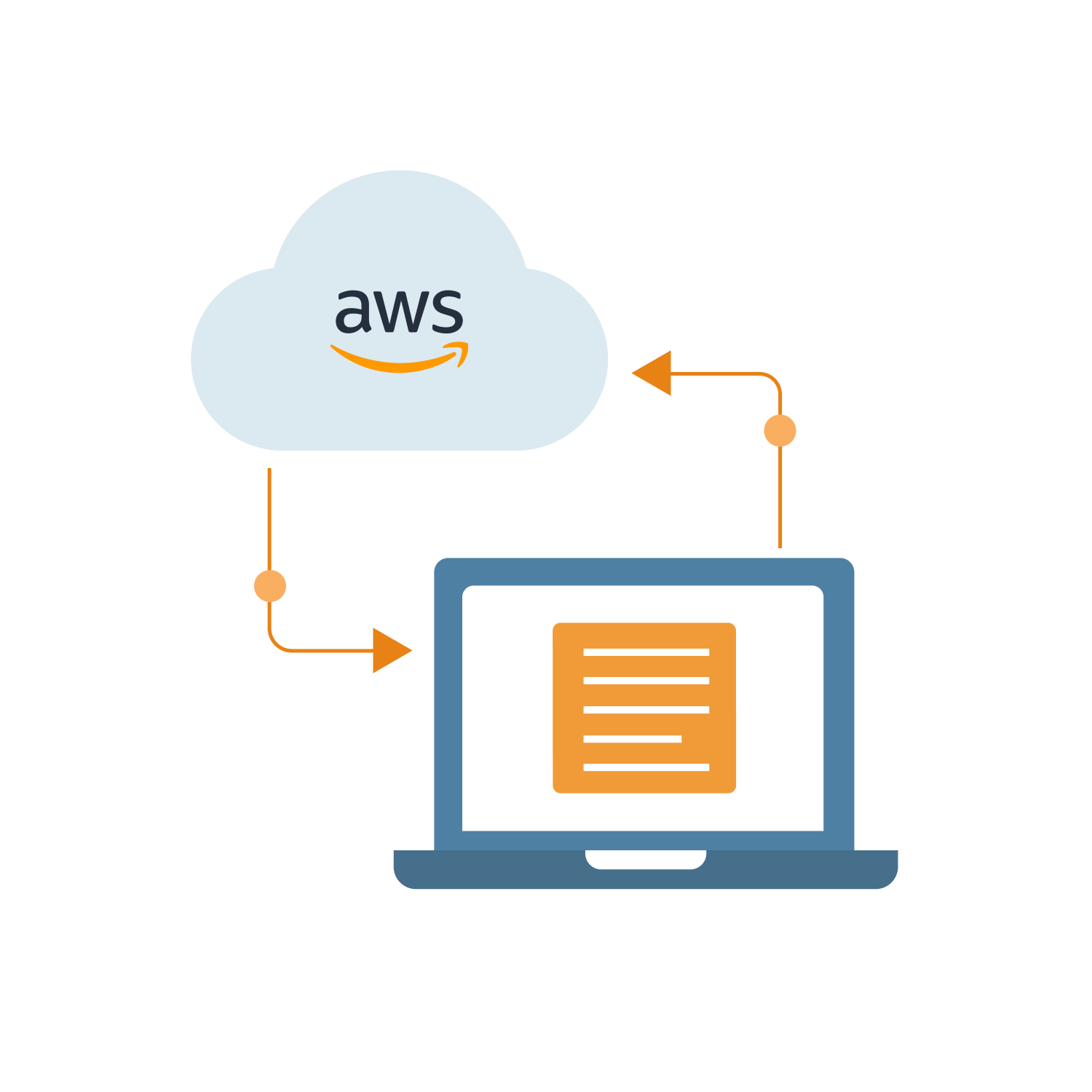Low Latency and Highly Available Architecture
In the fast-paced world of financial trading, where every millisecond counts, low latency and high availability are crucial. Our architecture is designed to minimise delays and ensure continuous uptime, enabling clients to trade and analyse data swiftly and reliably. This case study highlights how we built a cutting-edge infrastructure to meet these demands for a leading fintech company.

Client Overview
The client, a prominent fintech company, specialises in providing financial trading and analytics solutions to a global clientele. Their mission is to equip clients with advanced tools and technologies that empower them to make informed investment decisions.Understanding the importance of speed and precision in today’s financial markets, the company aimed to build a robust, high-performance infrastructure with a focus on minimising latency. This would ensure their clients had access to real-time information and the ability to execute trades with maximum efficiency.

Challenge
The client encountered several technical challenges in achieving their objectives:
Multiple AWS Accounts
The client operates across two distinct AWS accounts, each hosting different workloads, with some workloads needing to be shared between the two accounts.
Multi-Region Deployment
The client’s infrastructure spans multiple AWS regions, complicating data synchronisation and management.
Partner Collaboration
The client needed to establish secure and efficient data exchange paths with other partners also running workloads on AWS.
Low Latency
High Availability
Implementing a failover mechanism to ensure continuous service availability, even in the event of connectivity issues between AWS and the data centres.
Cross-Account and Cross-Region Data Exchange
Enabling seamless data sharing across different AWS accounts and regions, as well as with external partners.
Solution
To address these challenges, our team implemented a comprehensive solution:
- Local-Zone Deployment: We migrated workloads to Local Zones located close to the client’s data centres to significantly reduce latency.
- DirectConnect Gateway Configuration: We established and configured routes between AWS and the client’s data centres using DirectConnect Gateway to ensure low-latency communication.
- Partner Integration: We set up and configured routes with partners through DirectConnect connections or by sending association requests to partner AWS resources, facilitating secure and efficient data exchange.
- Cross-Account Connectivity: We enabled data exchange between the client’s AWS accounts using Transit Gateways and Transit Gateway cross-account/region peering features, ensuring reliable connectivity and redundancy.
- Failover Mechanism: Routes were designed to support failover, allowing access to data centres through alternative paths in the event of connection failures, thus maintaining service continuity.

Results
Latency Improvement
The latency between workloads in the Local Zone and the client’s data centres was reduced from 25 milliseconds to just 2.5 milliseconds.
High Availability
The service continued to operate smoothly even during an AWS Direct Connect outage, demonstrating the effectiveness of the failover mechanisms.
Technology Stack
To successfully deliver this high-performance, low-latency architecture, the following technologies were utilised:
- Network and Connectivity: AWS VPC, DirectConnect, Transit Gateway, Virtual Private Gateway
- Load Balancing and Compute: Application Load Balancer, EC2
- Database Service: RDS

